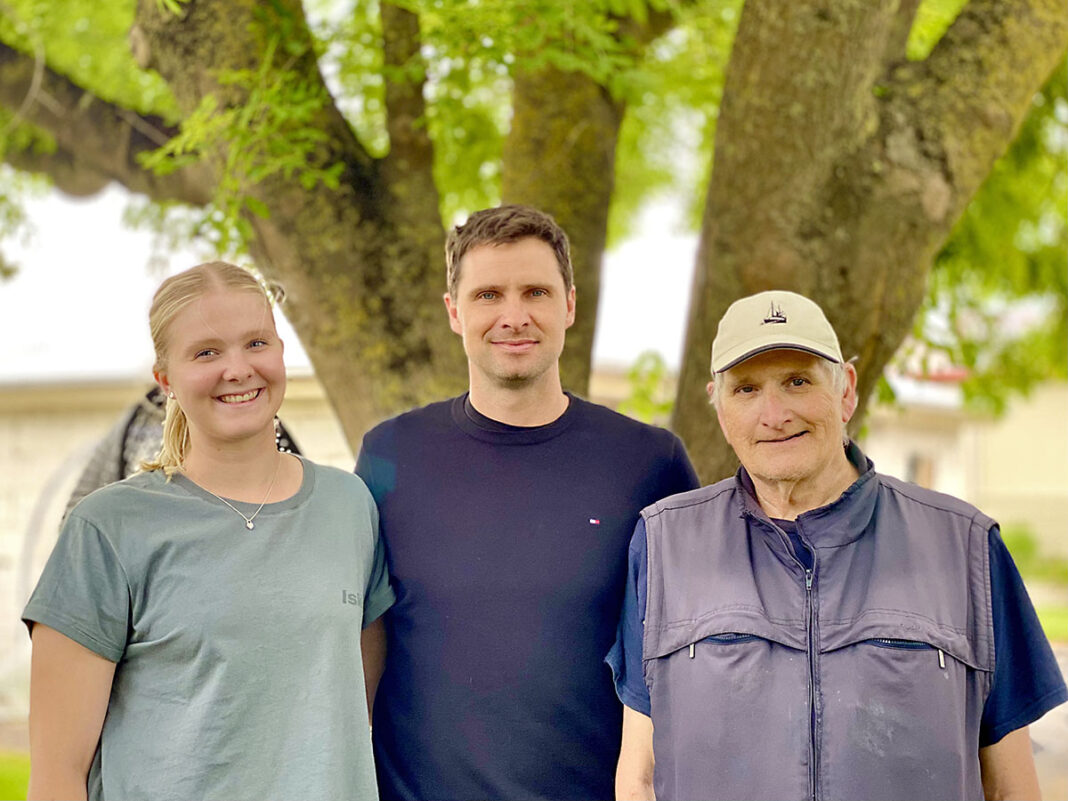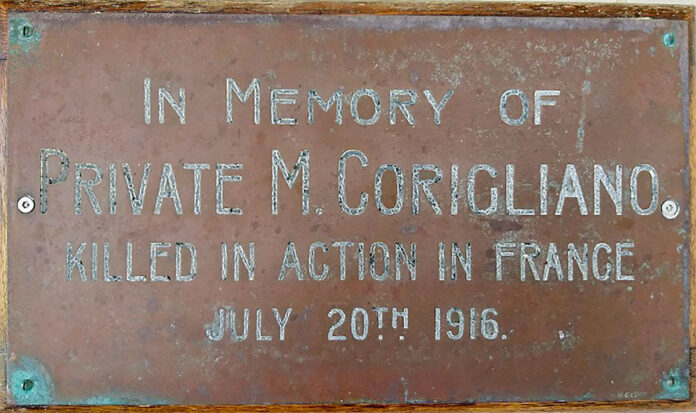An external report has stated almost half the non-labour costs of operating the Kimberly-Clark Australia Millicent Mill can be attributed to the use of imported pulp.
The plant had its genesis in the 1950s to pulp low-value thinnings from the region’s extensive pine forests, then owned by the State Government.
Pulping of local timber ceased in 2011 and the imported pulp now accounts for 44% of the mill’s annual non-labour running costs.
The other major non-labour expenditure items at the Millicent Mill are operation and maintenance (20%), transport and warehousing (13%) and gas (10%).
The company commissioned Synergies Economic Consulting to run the ruler over the operations of the sole KCA manufacturing plant left in Australia.
The socio-economic report was released to the public this week and contains much data which shows the Millicent Mill is an economic powerhouse at a local, state and national level.
KCA contributes $520m to Australia’s Gross Domestic Product each year while the Millicent Mill generates 2600 direct and indirect jobs.
The wholly American-owned firm pays $63m in taxes to the Federal Government and State Government each year.
Loyalty to the distinctive blue-and-white logo of the world-wide Kimberly-Clark Corporation can be seen in the fact that more than half of the Millicent Mill workforce has clocked up at least 15 years with the company.
The family tone is perhaps best personified currently by three generations of the Haggett family of Millicent.
Machine operator Cameron Haggett has worked at Millicent Mill for over 21 years, following in the footsteps of his father Peter, who worked at Kimberly-Clark Australia for 33 years before retiring in 2011.
“I can only ever remember my dad as a shift worker at Kimberly-Clark when growing up, so it’s fair to say the company and Millicent Mill have been a big part of my life,” Cameron said.
“With new technology on-site and more diversity across the workforce, the Millicent Mill has changed a great deal since I first started in 2002 and it’s continued to up-skill its employees and be an attractive option for local people – including my daughter Madi, who’s recently started out as a casual worker.
“It’s pretty rare to have a large facility like the Millicent Mill in rural Australia, and in addition to providing stable job opportunities, the company supports a number of local sporting clubs and charities – which has a positive impact on the wider community.
“Working at Kimberly-Clark has given me financial stability to support my family for over two decades – and I really enjoy the team atmosphere the Millicent Mill provides too.”
The reports notes KCA is continually looking at ways of reducing its environmental footprint in such areas as energy, water consumption and waste management,
At its peak employment in the 1980s, KCA had 1000 local employees at Millicent but this figure has since more than halved.
Nowadays, there is a workforce of around 460 and this comprises company employees, contractors and casuals.
Although the Millicent Mill has never had a female manager in its 64 years of operation and the first female KCA managing director Belinda Driscoll was only appointed in 2022, the plant is making manufacturing more inclusive.
Applications from women for production roles at Millicent Mill have gone from zero in 2019 to approximately 40% of new hires year-on-year.
The Millicent Mill has also increased female representation five-fold since 2019, from 12 to 60 employees.
Ms Driscoll has welcomed the report as she said it showcases the solid and lasting impact Kimberly-Clark Australia and its Millicent Mill has at a regional, state and national level.
“It demonstrates the business’s commitment to keeping manufacturing jobs and growing the sector,” Ms Driscoll said.
“Having operated in Australia for almost a century now, we remain committed to moving with the times, ensuring we can deliver on our global purpose of ‘Better Care for a Better World’.
“This can manifest itself in many ways, whether that’s through attracting and retaining the best local talent, innovating and developing essential products for Australians, or by making a conscious effort to engage with the community around us and minimise our impact on the environment.
“As we look ahead, we’ll continue to do all we can to make further improvements that have a positive impact on the economy and local community we serve.”
Disappointingly, the report wrongly stated the mill began in 1966 and it overlooked one of the proud achievements of the long-running KCA Social Club.
It hosts one of the largest works picnics in South Australia at Millicent’s McLaughlin Park each Christmas.




